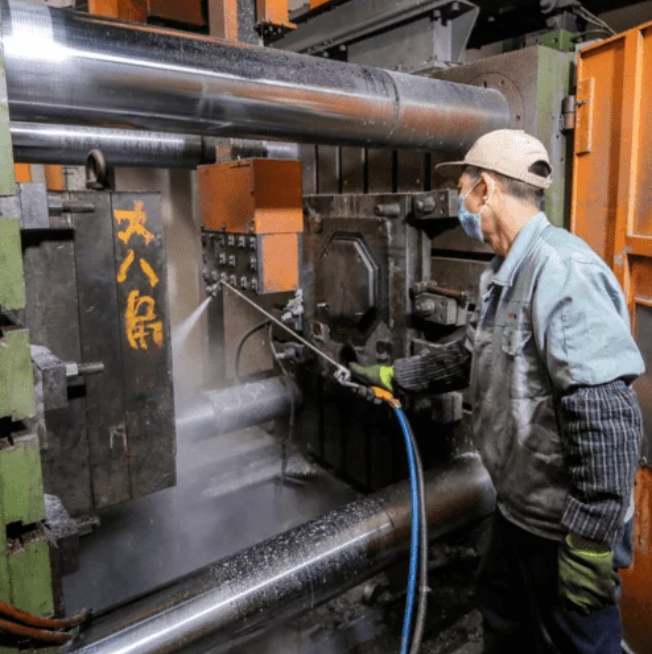Introduction
As industries across the world look for ways to reduce their carbon footprint and increase efficiency, lightweight materials have become increasingly popular for a wide range of applications. One such material is magnesium, a lightweight metal that offers several benefits over traditional materials like steel and aluminum. However, working with magnesium can be challenging due to its unique properties. Thankfully, a new process called magnesium thixomolding has emerged as an innovative solution for producing lightweight metal parts.
Background
Magnesium has been used in a variety of industries for many years, including aerospace, automotive, and electronics. Its low density and high strength-to-weight ratio make it an attractive material for many applications. However, magnesium also has some unique properties that make it challenging to work with. For example, it is highly reactive and can easily catch fire if not handled properly. It is also difficult to cast and machine, which can make it expensive to produce parts.
One solution to these challenges is magnesium thixomolding. This process involves melting magnesium chips or granules and injecting them into a mold under high pressure. The mold is then cooled, and the part is removed. This process offers several advantages over traditional casting and machining methods.
Advantages of Magnesium Thixomolding
1. Reduced Production Costs
Magnesium thixomolding can significantly reduce production costs compared to traditional casting and machining methods. This is because the process requires less material, energy, and labor. Additionally, the process can be automated, which further reduces labor costs.
2. Improved Part Quality
Magnesium thixomolding can produce parts with excellent dimensional accuracy and surface finish. This is because the process does not use a traditional mold, which can cause defects and imperfections in the final product. Additionally, the process allows for the creation of complex shapes and features that would be challenging to achieve with traditional methods.
3. Environmentally Friendly
Magnesium thixomolding is an environmentally friendly process. This is because it produces less waste and emissions than traditional casting and machining methods. Additionally, magnesium is 100% recyclable, which means that any scrap material can be reused.
Applications of Magnesium Thixomolding
Magnesium thixomolding is suitable for a wide range of applications, including:
1. Automotive Parts
Magnesium thixomolding is ideal for producing lightweight automotive parts. This includes components like steering columns, instrument panels, and door handles. These parts can help to reduce the weight of a vehicle, which can improve fuel efficiency and reduce emissions.

2. Aerospace Parts
Magnesium thixomolding is also suitable for producing lightweight aerospace parts. This includes components like brackets, housings, and frames. These parts can help to reduce the weight of an aircraft, which can improve fuel efficiency and increase payload capacity.
3. Electronic Components
Magnesium thixomolding can also be used to produce electronic components. This includes components like laptop frames, cell phone cases, and camera bodies. These parts can help to reduce the weight of electronic devices, which can make them more portable and easier to use.
Conclusion
Magnesium thixomolding is an innovative solution for producing lightweight metal parts. This process offers several advantages over traditional casting and machining methods, including reduced production costs, improved part quality, and environmental friendliness. Additionally, magnesium thixomolding is suitable for a wide range of applications, including automotive parts, aerospace parts, and electronic components. As industries continue to seek ways to reduce their carbon footprint and increase efficiency, magnesium thixomolding is likely to become an increasingly important process for producing lightweight metal parts.
-

- 2022 Wholesale Hot Sale Bicycle Parts Magnesium Alloy Children Bike No Pedal Balance Bicycle Kids Multiple Colors Available
-

- Magnesium thixomolding parts UAV housing
-

- Die cast magnesium parts laptop housing cover D
-

- Детали БПЛА для тиксомолдинга из магниевого сплава
-

- Magnesium alloy die-casting Auto parts headlight frame
-

- Thixomolding magnesium parts & components mobile phone middle board

 0086-750-5616188
0086-750-5616188 +86 13392089688
+86 13392089688 sales@zhongmei-tech.com
sales@zhongmei-tech.com







